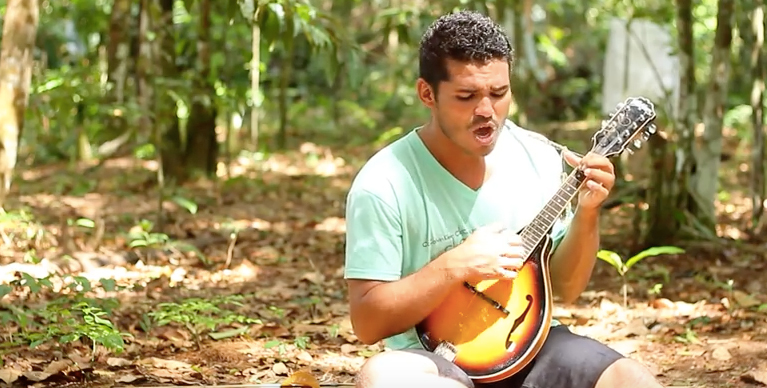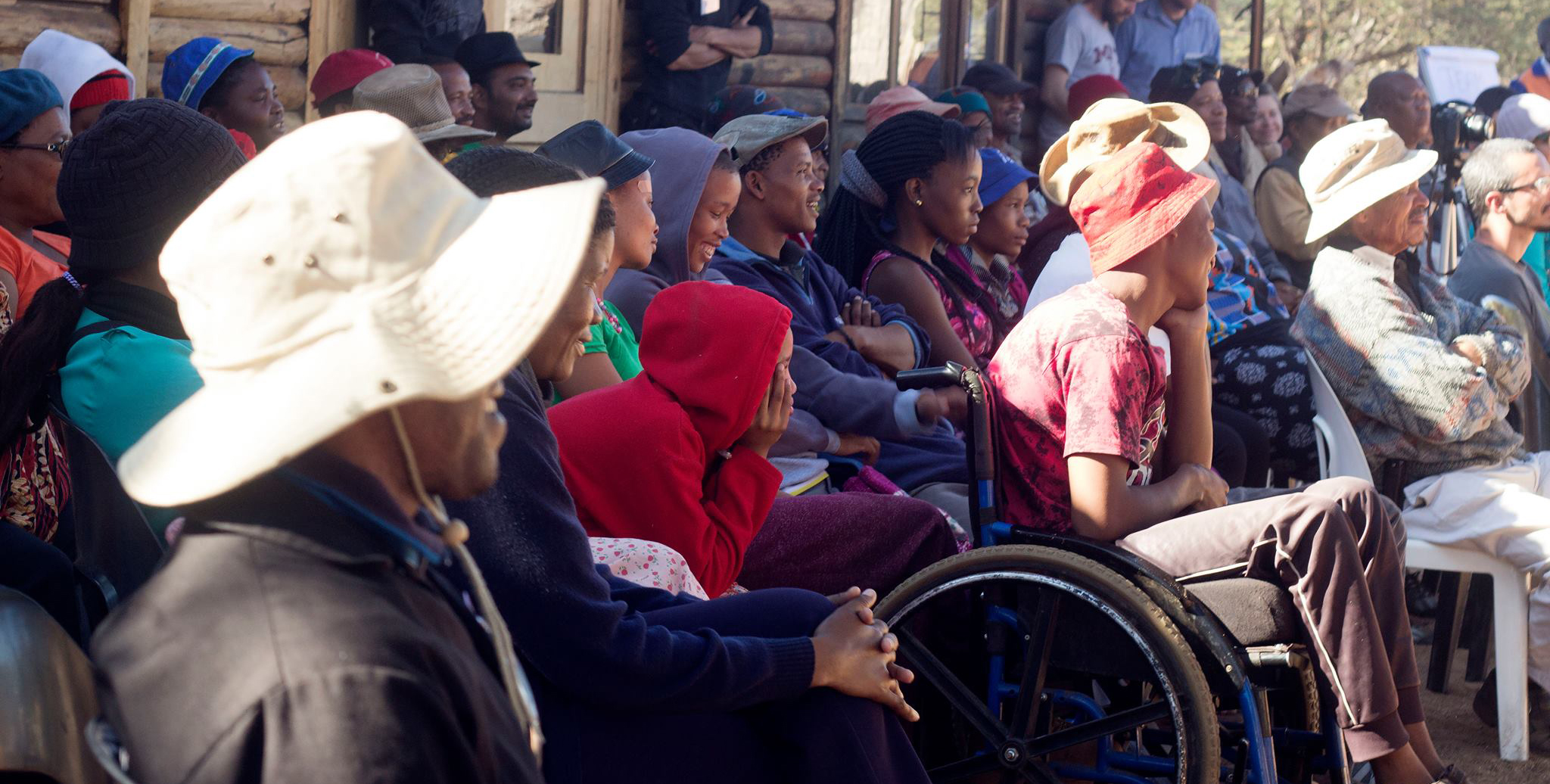A New Chapter for IDIN: Celebrating Our Work and Looking Forward
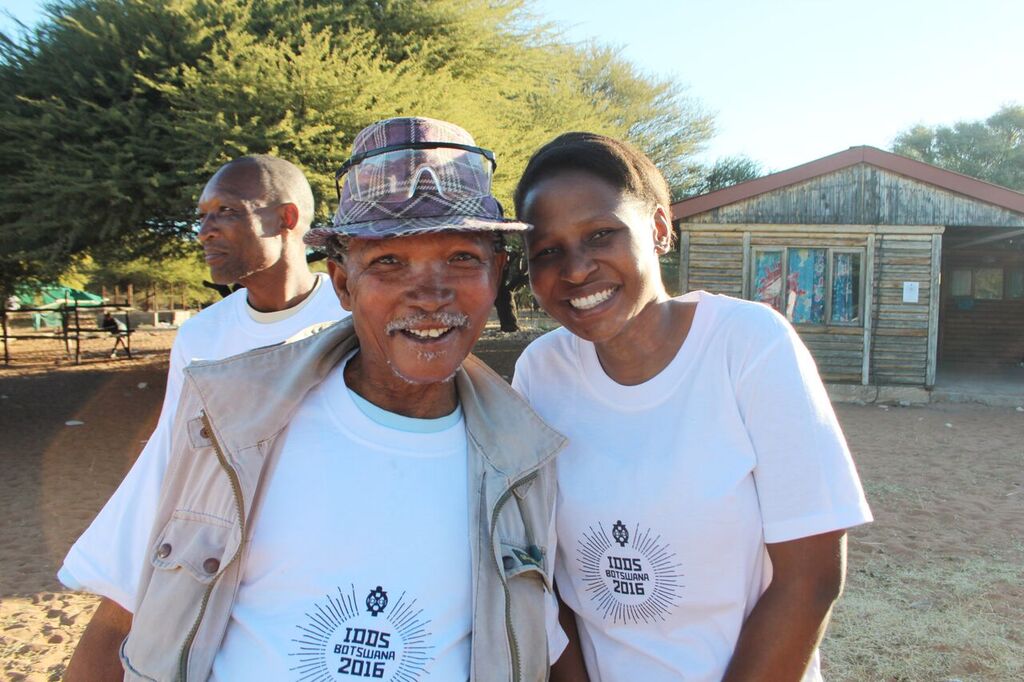
IDDS Botswana. Photo by Botlhe Lesetedi.
What follows is a long message about the next phase of IDIN. It is full of practical information about staying connected, updates on IDIN funding, some appreciations, and the name of the first certified IDDS baby. You should check it out. But if you are super busy and just want the highlights, feel free to read the bolded text only.
Over the past five years, the International Development Innovation Network has grown and thrived. It has forged deep, meaningful collaborations within vibrant local innovation hubs as well as across regions, oceans and time zones.
Together, we have experimented, learned, and iterated a wide range of approaches. We have refined our classic design summit curriculum, developed new summits, trained thousands of individuals in co-creation and problem-solving, created a rich ecosystem of support for new innovators and early-stage social ventures, and convened a community of maker spaces focused on social impact. We’ve not only implemented work, but we’ve tried to understand the impacts and implication of this work through careful evaluation and research.
Our experience gives us confidence that design can have a meaningful impact in overcoming poverty when local communities define and pursue their own goals and there is good reason to feel proud of what we have been able to accomplish together.
As we head toward the mid-point of 2017, we mark two special milestones and a major transition in how IDIN will function moving forward.
First, let’s celebrate the fact that this summer marks the tenth year since the first IDDS was organized at MIT. Also, by the end of this summer, more than 1,000 participants from 65 countries will have completed a design summit and, in doing so, have joined the IDIN family. This journey began at MIT with 50 participants from 20 countries and it has been such a joy to watch “IDDS spirit” spread across the globe!
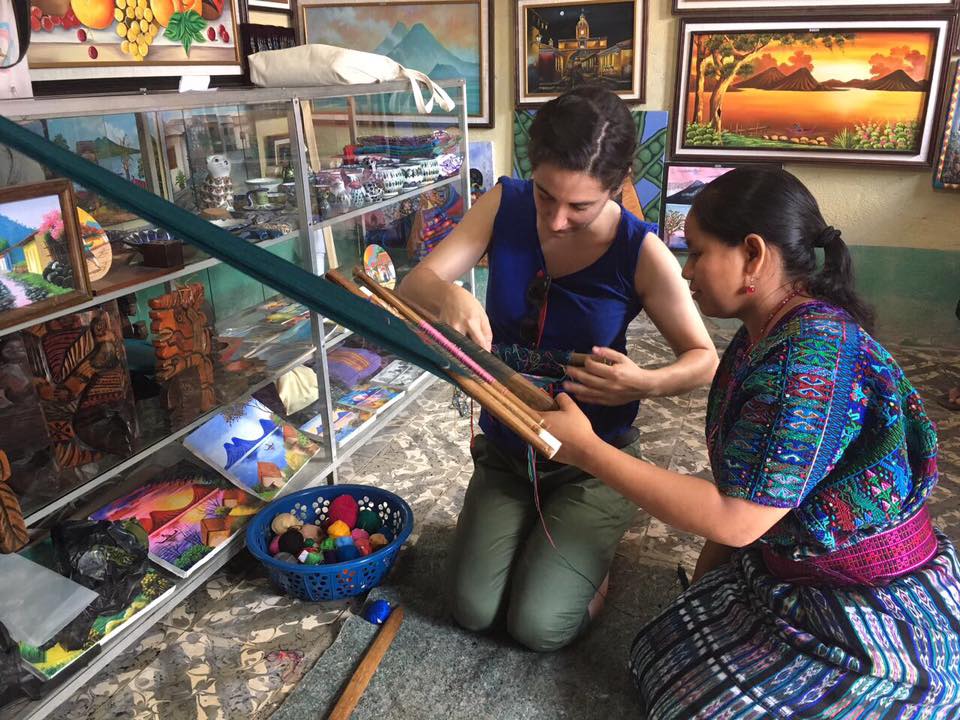
A community member from Santa Catarina Palopó demonstrates traditional weaving practices to a participant at IDDS Hogares Sostenibles.
In terms of the transition, September 30, 2017 marks the official close of the USAID grant that allowed IDDS collaborators to form what we have come to know as IDIN. The remainder of this document aims to answer some of the key questions that stem from the ending of this funding.
When we talk about “what we have come to know as IDIN,” there are at least 3 different IDIN’s that are worth identifying: 1) IDIN the collaboration identity that connects like-minded people across backgrounds, geographies and institutions who want to learn from each other and work with each other on any manner of project, be it hardware or software or research or delivering design trainings; 2) IDIN funding for activities such as summits, innovation centers, microgrants, trainings, chapter grants, classes, student travel and social entrepreneurship fellowships; and 3) the IDIN Central staff at D-Lab that work to support your efforts, navigate USAID rules and regulations, provide connections and technical assistance, get funding through the MIT system and out to you, and generally do whatever we can to help you succeed.
If you read no further, the gist is that the IDIN collaboration identity and the online platforms that support it will continue so that actors wishing to collaborate with each other can still connect, share knowledge, and seek external funding for activities together; all IDIN funding from the USAID grant that currently supports Year 5 activities will end on September 30th, 2017, though it is important to note that in cases where network members have secured non-IDIN funding, those activities will continue; and there will no longer be an IDIN Central staff at D-Lab to manage or administer IDIN programs and funding after September 30, 2017. There are nuances and specifics involved in all of this, of course, and the Q&A below intends to explain in more detail how this transition will proceed.

IDDS Aarogyam in Chennai, India. Photo by Kendra Sharp.
What will happen to IDDS?
IDDS existed before USAID funded IDIN and it will exist after USAID funding ends. Beginning this summer, management and planning of summits will transition out of IDIN Central at D-Lab and into the care of a dedicated steering committee, made up of volunteers, to be announced soon. There will no longer be IDIN funding for summits after 2017; local organizing teams will be responsible for all fundraising. Thanks to the hard work and dedication of Sher Vogel, who has spent countless hours documenting and creating resources that enable others to run successful summits, we are confident that IDDS will continue to thrive.
An IDDS Steering Committee will be responsible for reviewing and approving applications to host IDDS events each year, beginning with IDDS 2018. In addition, this committee is responsible for managing the IDDS brand and curriculum, providing guidance to IDDS organizing teams, and other IDDS-related responsibilities as it deems appropriate. In the future, IDDS Steering Committee membership will be open to all IDIN Network members through an application process and individuals will serve 2-3 year terms.
After September 30, 2017, the IDIN Summits Manager role at IDIN Central that Sher has masterfully filled will no longer exist; Sher will transition to support D-Lab’s global partnerships with a specific focus on trainings.
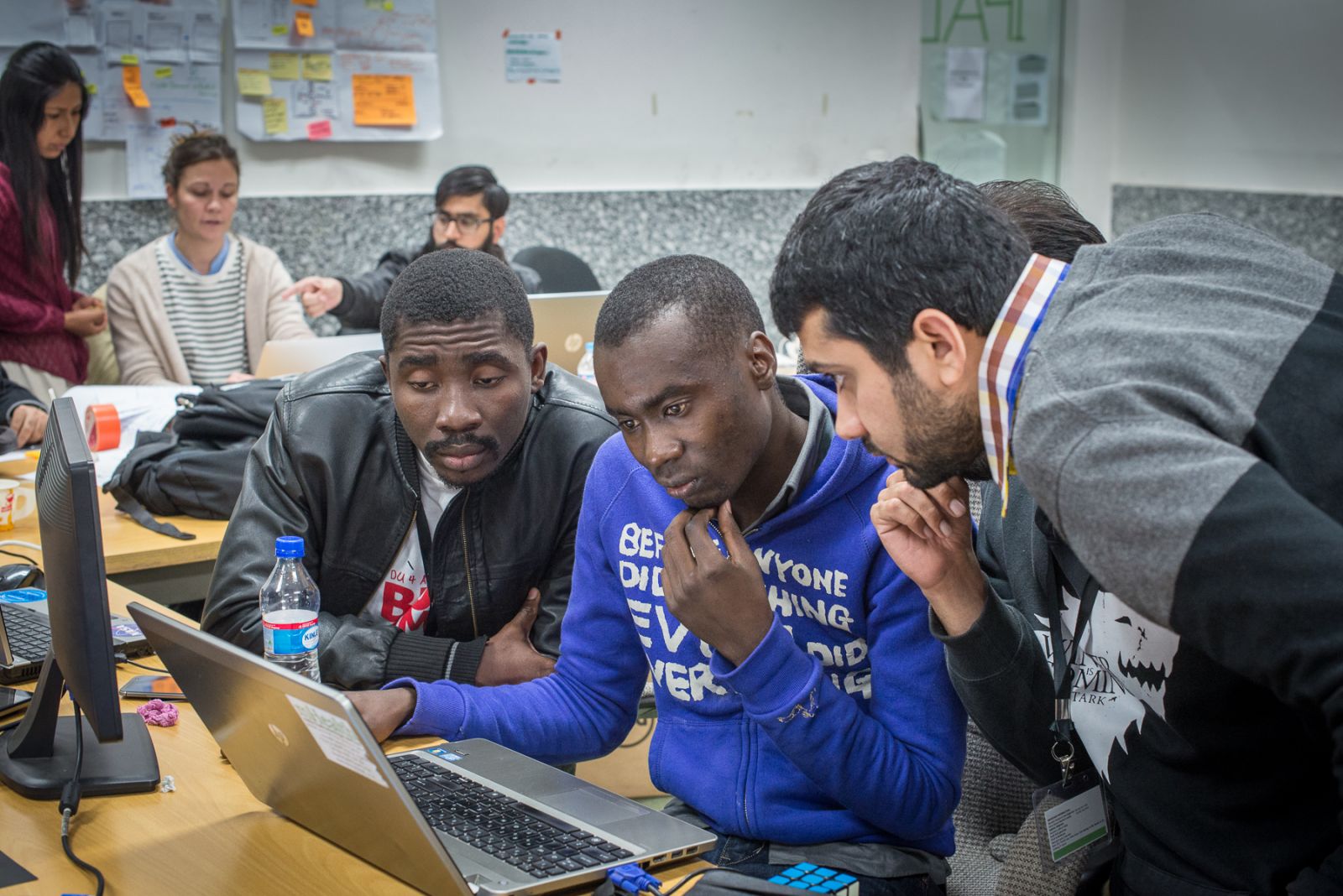
IDDS Lahore in Pakistan. Photo by Kendra Sharp.
Am I still an “IDIN Network member?”
Yes! We consider all individuals who participated in IDDS between 2007 and 2017 and all organizations that have received funding from IDIN between 2012 and 2017 to be IDIN Network members. Many of our Network members use this affiliation on their resumes, on social media profiles, for proposals and as an easy way to reach out to one another, and we hope you will continue to do so. This is what we mean when we say that the IDIN collaboration identity will continue.
What resources will be available to Network members?
Over the past five years, different actors within IDIN have connected with each other and shared resources in numerous ways, often through the facilitation of the IDIN Central staff at D-Lab. While this central hub will no longer exist, and IDIN funding will no longer be offered, individuals and organizations are encouraged to continue to match Network members with university student teams, co-organize design trainings, arrange for learning exchanges, and pursue funding as opportunities arise. To pursue these opportunities, individual IDIN Network members will need to reach out directly to potential institutional partners, and IDIN institutional partners will need to reach out directly to the IDIN Network to advertise any specific opportunities that individuals may be interested in and eligible for. An example of this is that IDIN Network members are still eligible to apply for MIT D-Lab Scale-Ups Fellowships and will receive announcements about this opportunity directly from D-Lab in the future.
To facilitate ongoing sharing of resources and opportunities, MIT D-Lab has agreed to continue to host existing IDIN online platforms like Hylo, IDIN.org, and the IDIN Network Directory at least through December 2018; if there is strong evidence that these tools are vital to ongoing collaboration, an extension beyond 2018 will be figured out at that time. Resources created collaboratively by Network members and IDIN Central staff at D-Lab, such as best practice guides, worksheets and videos related to summits, innovation centers, financial management, monitoring & evaluation, and field research practices, will continue to be freely available on the Resource Library (submissions welcome!). Additionally, the various Facebook groups that Network members already manage themselves will stay active. We hope you will continue to leverage these platforms to connect and collaborate with one another—you remain the most vital resource the Network has!
What resources will no longer be available to Network members?
IDIN funding for picogrants, microgrants, chapter grants, training grants, workshop grants, innovation center grants and subawards will no longer be available through programs managed and administered by IDIN Central staff at D-Lab. As noted above, other organizations and institutions within the Network may use some of these funding tools through their own programs with their own funding, and these opportunities will be managed and promoted by those entities.
This broad array of resources has primarily been designed by Jona Repishti in her role as Network Manager and has proven to be an incredibly valuable set of mechanisms for supporting both people and projects. After September 30, 2017, the IDIN Network Manager position at IDIN Central will no longer exist. Jona’s phenomenal work has helped us learn about the diverse capacities of this network and D-Lab is very fortunate that she has agreed to lead the D-Lab Scale-Ups Fellowship program moving forward.
In terms of social media channels, the IDIN Twitter feed and the IDIN Facebook page (not to be confused with the independent Facebook Groups that members have set up on their own), will be shut down as of September 30, 2017 because they are currently maintained by IDIN Central staff at D-Lab. Similarly, the IDIN Newsletter and the IDIN Partner Updates will be discontinued as of September 30, 2017 because there will no longer be IDIN Central staff at D-Lab to produce them. If there is someone or a team of people interested in committing to regularly maintaining and producing any of these communications resources, please let us know.
Kafue Innovation Center, Zambia. Photo by National Technology Business Centre.
What about innovation centers?
IDIN funding for innovation center partner grants will no longer be managed and administered by IDIN Central staff at D-Lab, but that will not stop the wide array of community-based innovation centers from continuing to pursue their work. It is important to remember that IDIN Central did not “set up” innovation centers; IDIN network members created these fledgling projects on their own and then requested financial and mentoring support. So, all of these bold institution-builders are going to keep pushing forward and will need all of us to contribute our ideas, time, connections and resources more than ever.
Innovation center leaders are encouraged to continue to use the various Innovation Center Partner Working Group communication channels that exist (Google Group, Facebook Group, and Whatsapp Group), as these will remain active for as long as there is demand. Individual and institutional Network members are encouraged to continue to connect with innovation centers to arrange for student team visits, designer-in-residence programs, project collaboration, and learning exchanges, as well as to collaboratively pursue funding as opportunities arise.
As anyone involved in an innovation center knows, Molly Rubenstein has been an unbelievable champion for this work, hopping across three continents to provide in-person support and relentlessly pushing us all to focus on the challenge of sustainability. After September 30, 2017, the IDIN Innovation Center Coordinator position at IDIN Central will no longer exist. We have all been made better by Molly’s work and either an exciting new school in Somerville, MA or D-Lab (fingers-crossed!) will continue to benefit from her deep commitment and unique skills moving forward.
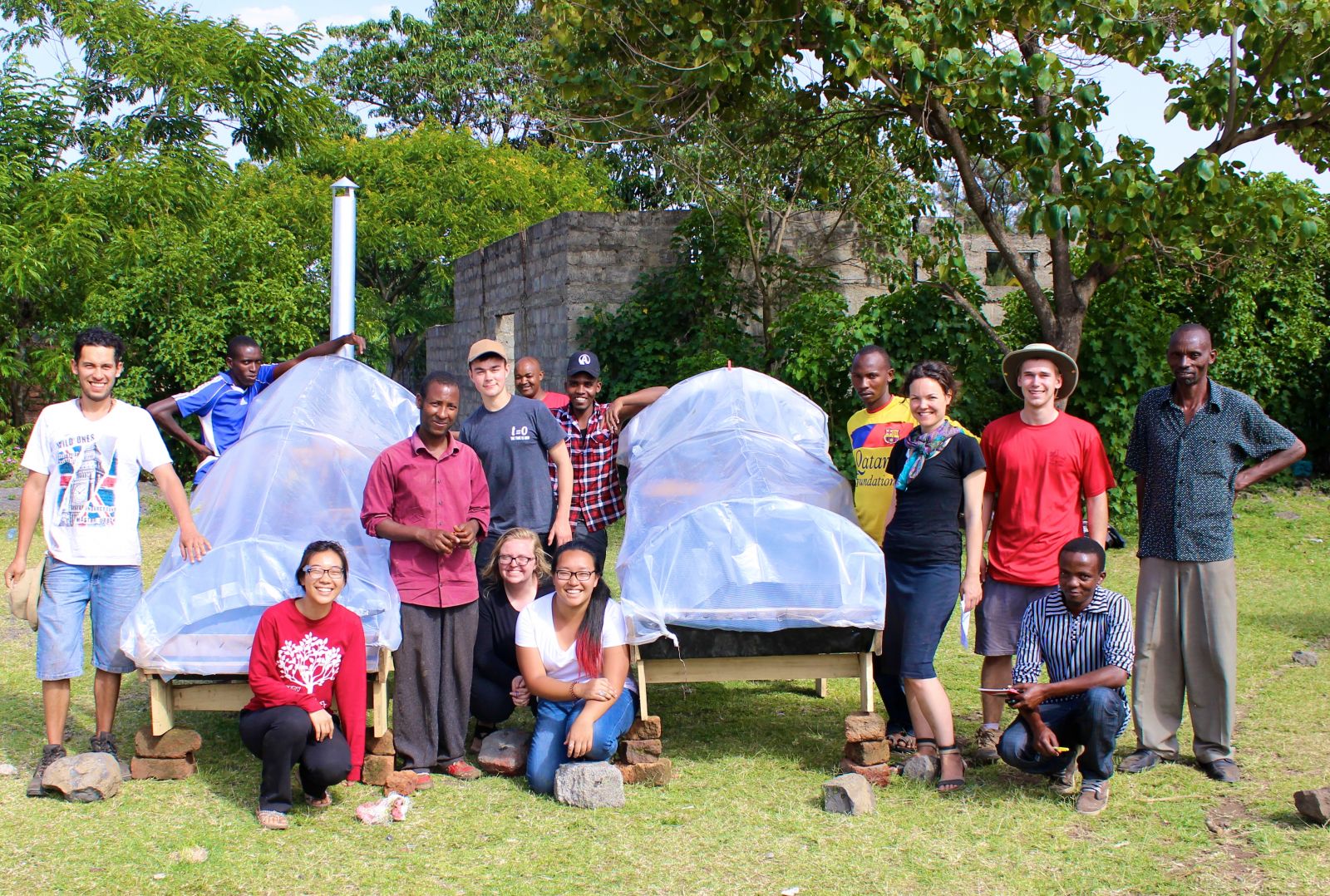
MIT D-Lab students work with IDIN partners to build avocado driers in Leguruki, Tanzania.
Will IDIN’s Research Program continue?
Many programs within the Network have conducted research activities as part of this USAID award, but often when we discuss the IDIN Research Program, we are referencing the multi-country research study and the student research fellowship programs that have been ably led by Elizabeth Hoffecker Moreno. Although different studies based on this work will be published over the next year, after September 30, 2017 there will no longer be IDIN Central staff at D-Lab focused on driving research outputs on Network activities, and there will no longer be IDIN funds managed and maintained by IDIN Central staff at D-Lab to support research projects, graduate student research, or summer research activities.
As with other aspects of the IDIN collaboration identity, research-minded network members will need to be in direct communication with each other to define and fund future research projects, and this type of decentralized coordination is happening already. For example, in November 2015, a gathering of IDIN University Partners came together to discuss potential areas for collaboration, including research that explores different ways of teaching and learning design, promoting innovation, and supporting projects, ventures and networks. Some of these conversations have turned into proposals that are now awaiting funding. Our expectation is that announcements about research opportunities created by groups like this or other Network members will be promoted online through IDIN.org, Hylo, and social media channels that network members maintain.
In her role as IDIN Research Manager, Elizabeth almost single-handedly built a program as vast as the Network itself; although this position will no longer exist after September 30, 2017, Elizabeth will continue to investigate the development outcomes of local innovation and to teach research methods at D-Lab after she returns from maternity leave (welcome to the world IDDS baby Jona Sofia!).
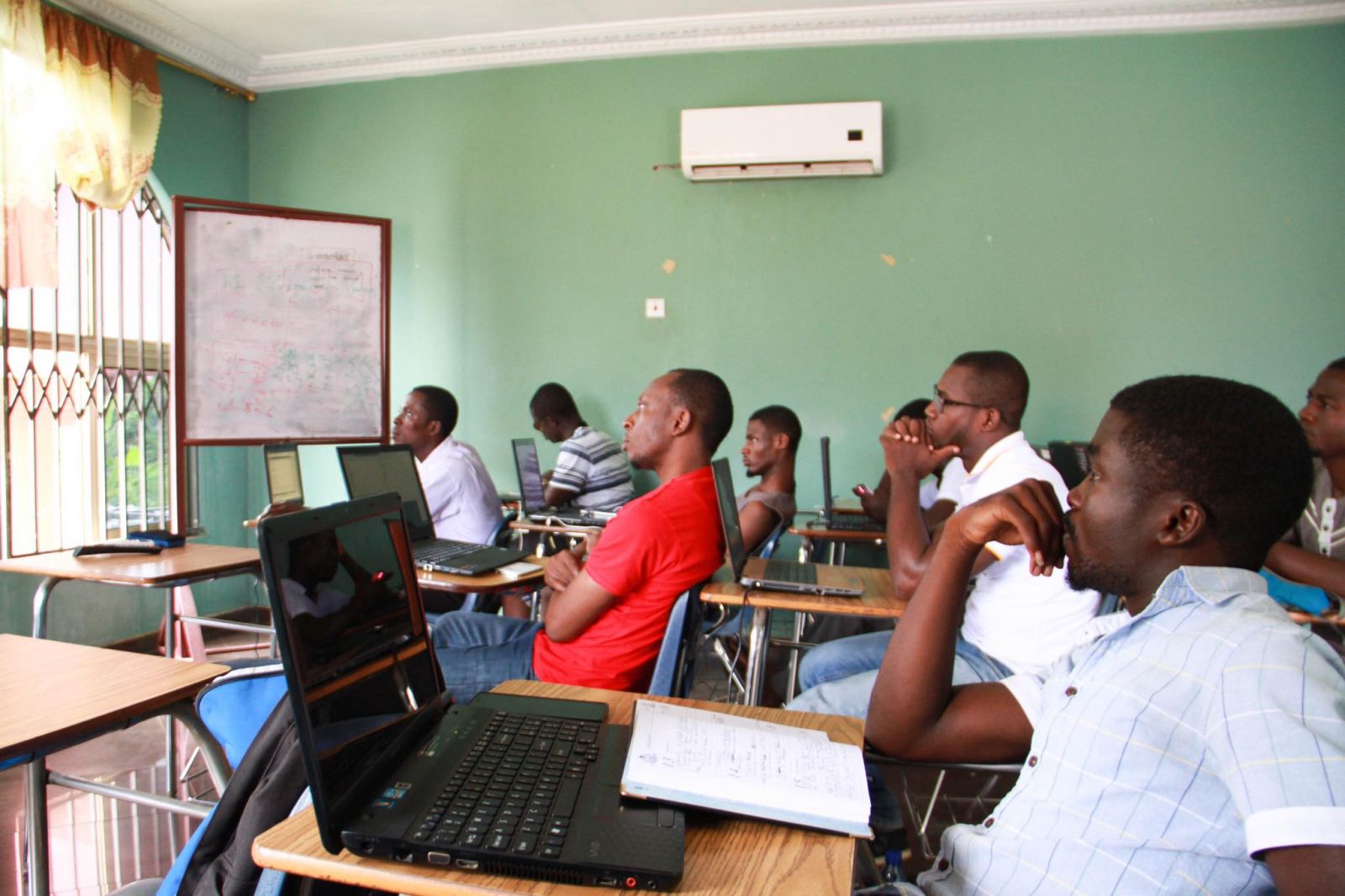
A training conducted at Kumasi Hive in Ghana.
May I use the IDIN name and brand?
Yes! Many IDIN local chapters, innovation centers, and grantees currently use the IDIN brand in their work, and we welcome you to continue using the brand if it is useful to you. Later this summer, we will release a short guide with some pointers on appropriate brand and logo use moving forward. This is another good example of what we mean by the IDIN collaboration identityand how it will continue beyond USAID funding.
How can I keep in touch?
As noted above, Hylo and IDIN.org will remain available through 2018. The Network Directory lives on IDIN.org and is where all members can continue to update their profiles and contact information, or search to find other network members. Hylo will continue to be a platform where network members can share ideas, propose projects, request technical support or advice, and announce funding opportunities.
While many of you know Laura Budzyna as the Pied Piper of Theory of Change, the Data Master, or simply the best monitoring, evaluation & learning manager on the planet, a little-known fact is that Laura’s (entirely nerdy) passion for Salesforce is a major reason why Network members can connect with each other via IDIN.org. Similarly, while Lauren McKown is known to most of us as a gifted storyteller who has done a fantastic job of keeping all of us informed about each other’s work through social media channels, blogs and the IDIN Newsletter, it is less known that Lauren led the process of creating IDIN.org and teamed up with Laura to make the IDIN Network Directory an updatable tool that you can use to connect with others. So, while the IDIN Monitoring, Evaluation & Learning Manager and IDIN Communications Strategist positions will no longer exist after September 30, 2017, you will be able to thank Laura and Lauren by using the IDIN Network Directory, and D-Lab will be thrilled to welcome Laura on board to lead monitoring and evaluation efforts across all programs, and Lauren on board as its new partnerships manager.
IDIN Central staff at MIT D-Lab during TechCon 2016.
What’s next for the IDIN Central staff at D-Lab?
This transition period has provided IDIN Central staff at D-Lab a tremendous opportunity to reflect on what we have learned, where our strengths lie, and how we might connect our IDIN experience to D-Lab’s work with students, researchers and community partners. One concept we are very excited about is a new fellowship program that will focus on supporting local innovation ecosystem builders—in other words, helping local catalyzers and their collaborators to leverage their capabilities for deeper and broader impact. This idea has benefited tremendously from the insights and feedback of Network members, and those of us developing the program will continue to reach out as we get closer to launching it. When the new program, or any other D-Lab opportunity, is officially announced to the Network, it will be identified explicitly as a D-Lab activity, rather than as an IDIN or IDIN Central activity.
At this point it is important to acknowledge the exceptional administrative and financial support the Network has received from IDIN Program Associate Nai Kalema, IDIN Financial and Program Administrator Asif Obaidee, D-Lab Program Associate Melissa Mangino, and D-Lab Administrative Officer Richard Brewer. Behind the scenes, this outstanding team has made the Network’s accomplishments possible by fearlessly diving into both the USAID and MIT bureaucracies, making sure things were both in compliance and moving along as quickly as possible. The significance of their dedication, commitment, skill, and laser focus on the ultimate goal, i.e., enabling your work and its impacts, cannot be overstated or fully appreciated. Additional acknowledgement and thanks is owed to Michael Corcoran and Michael Leskiw in MIT’s Office of Sponsored Research and, even though we often joke about the challenges of working with USAID, to Dr. Ticora Jones, Dr. Maggie Linak, Tara Hill, Dr. Amit Mistry and Roderick Watson; we are grateful to the dedicated MIT OSP and USAID HESN teams for believing in and advocating for this work, and for finding pathways forward in the face of complex administrative, financial or political circumstances. Thank you, thank you, thank you.
Other questions?
Have additional questions or concerns related to the IDIN program transition? Chances are, if you have a question, others may have it too! Please feel free to contact us at idincommunciations@mit.edu so that we can share additional information as needed.
One more big thanks.
It goes without saying that we are all grateful for the vision, creativity and belief in the transformative power of collaborative design that Amy Smith at MIT, Ben Linder and Jose Oscar Mur-Miranda at Olin, Kurt Kornbluth at UC-Davis, Paul Hudnut and Dan Ganster at CSU, George Yaw Obeng at KNUST, and Hee Joh Liang at Singapore Polytechnic have brought together to form IDIN. Their leadership has ranged from setting big picture strategy to delivering content at summits, teaching courses on campus to mentoring projects and students in the field, winning institutional support and securing funding. Clearly, none of this would have been possible without them, nor the entire teams of colleagues who are too numerous to name here that work behind the scenes at each of their institutions. For that matter, a big thank you to all of the leaders and staff—again too numerous to name— at the other institutional IDIN partners: Caritas Uganda, Caos Focado, Twende, ECHO East Africa Impact Center, These Hands GSSE, and the National Technology Business Centre. These institutional actors are important anchors for the activities that we have collectively pursued and are another reason why we have great confidence that the work of IDIN will continue well beyond the end of this USAID grant.
We hope that you all are as proud of the work we have accomplished together over the last five years as we are, and that you are as equally excited about the opportunities for continued IDIN collaboration in the future. Without question, we have met or exceeded every metric of success that we set for ourselves at the beginning of this program and, yet, there is still so much important work to be done. Let’s keep thinking big, believing in each other, and working together towards a better world!
With gratitude,
Kofi Taha
IDIN Program Manager





.JPG)

